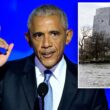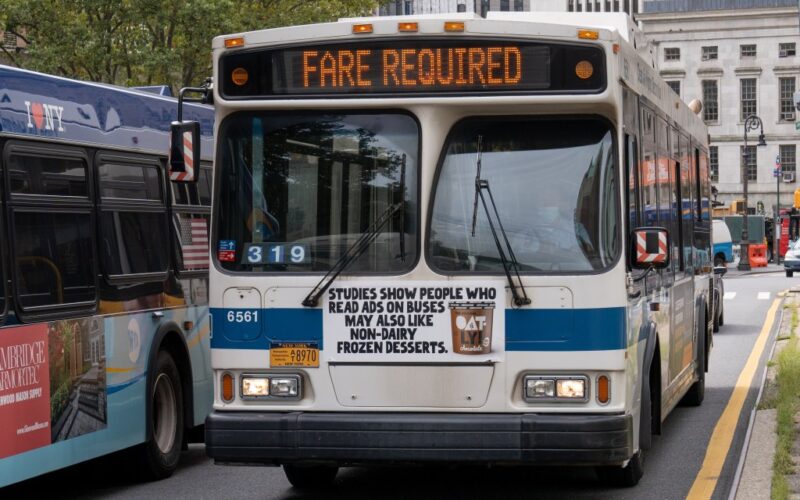We are glad that Gov. Hochul has now gotten on the bus along with MTA Chair Janno Lieber, Marc Molinaro, the head of the Federal Transit Administration, and serious transit advocates who all agree with us that eliminating the bus fares in New York City should not and cannot happen.
Zohran Mamdani’s snappy campaign slogan of “free and fast buses” to wipe out hundreds of millions of dollars annually in bus fares, may have won him some votes in his successful pursuit of City Hall, but it is a dead end.
Mamdani estimates the cost is $700 million a year, money he would replenish into the MTA’s coffers with new revenues from increasing personal income taxes and corporate taxes, both which need state approval and both which Hochul correctly opposes.
Assuming he got the funds (which he won’t) the $700 million price tag is lowballing it. NYU Prof. Eric Goldwyn, who studies these things, estimates that it could cost twice as much, $1.4 billion a year.
But the money isn’t the only problem. The MTA’s ability to borrow in the capital markets by selling its bonds depends on the ability to pay the bondholders back with dedicated revenue from the fares collected from passengers. Those bond covenants are considered contracts and are protected by the U.S. Constitution. Remove the fares, the bondholders sue and they will win.
And there is another hurdle that can’t be overcome: Uncle Sam. We will excuse Mamdani for perhaps not having noticed an op-ed in this space on Election Day (when he was very busy) from Molinaro, who is also a former Hudson Valley congressman, writing that free buses aren’t happening.
Molinaro said that: “If a city wants federal transit aid, it should maintain a fare structure that reflects value, discipline, and respect for taxpayers and riders. Fareless systems should not qualify for federal operating subsidies. Perhaps, it’s time to establish that line clearly: public transit can be equitable and affordable — but not free of responsibility.”
Programs for reduced or free fare cards for certain populations can be expanded, but the general fare must remain.
Hochul did make one bus free, the Q-70 linking a major subway hub with LaGuardia Airport, and said she got the idea from this column. That was a special case since almost everyone using the Q-70 connects to or from the subway station, where they have to pay, so any farebox losses are de minimis, but that was an exception.
Ironically, having suffered from widespread fare evasion, the MTA will soon be able to do something about it. The same day that Mamdani takes office, Jan. 1, is the day that the MetroCard is retired and OMNY becomes the only way to purchase fares (previously purchased fares on MetroCard will still be good for a while).
Moving to 100% OMNY will allow for fares to be checked for all bus riders, which will cut down on fare evasion, which is good. It also means an end to the off-board fare collection used by the 20 Select Bus Service routes, which is not good. Off-board fare collection speeds buses and can be maintained by having OMNY readers on the sidewalks.
As for the regular routes, all-door entry can be extended to every bus with OMNY readers at the back doors and the drivers don’t have to be involved. That will make buses faster and won’t break the bank.








